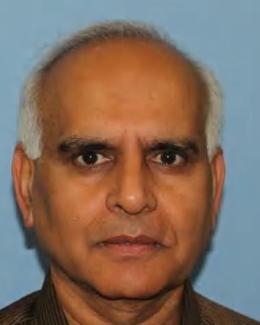Abstract
Signatures of low-intensity U-235 sources have been recently studied by utilizing a variety of machine learning (ML) classifiers using features derived from gamma spectral measurements collected
under structured campaigns. Several ML classifiers, such as ensemble of tress and classification trees, revealed misleadingly-optimistic training error due to over-fitting, and furthermore,
their performance is not directly relatable to the physical properties due to their data-driven, opaque designs. We present a regression-based ML method that first estimates the inverse distance
to the source and then utilizes a threshold to infer its presence, by representing the background as a source located at an infinite distance. For the inverse distance estimation, we study the ensemble
of trees and Gaussian process regression methods, and a hyper parameter auto-tuning and selection method that employs five regression estimators. These methods avoid the over-fitting
observed in several ML classifiers, while providing the classification error nearly comparable to them based on independent test data. Their error is directly related to estimates of the inverse
physical distance to source, and the precision of error determines the seperability property that determines the false alarm and missed detection rates. The property of monotonic decrease of the
source strength with increasing detector distance combined with Poisson distribution of measurements is utilized to analytically validate these methods by deriving the generalization equations of
underlying regression methods.






